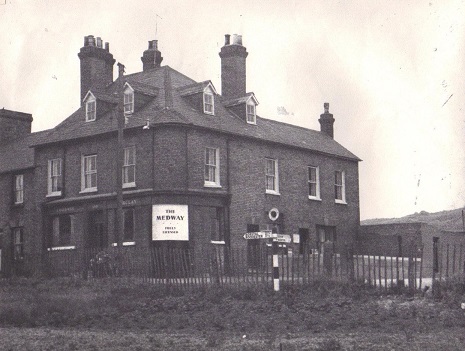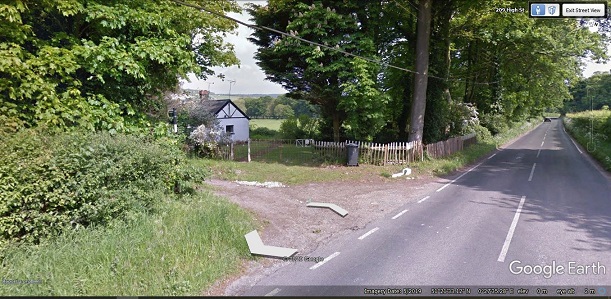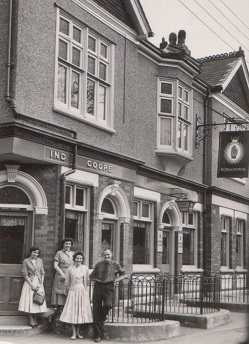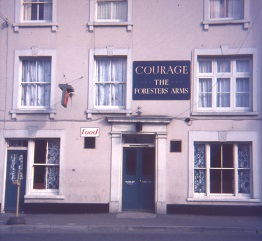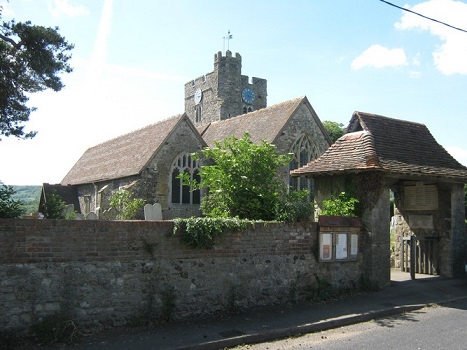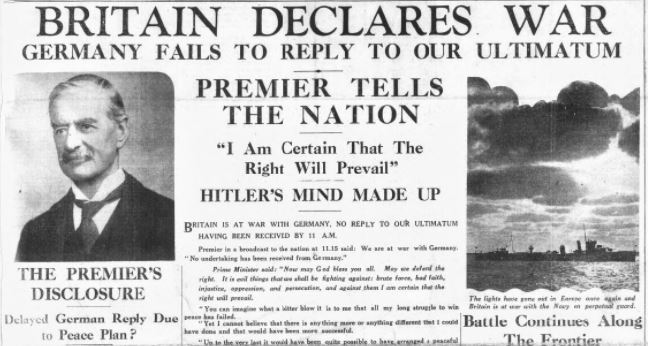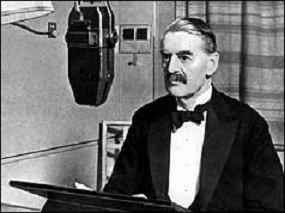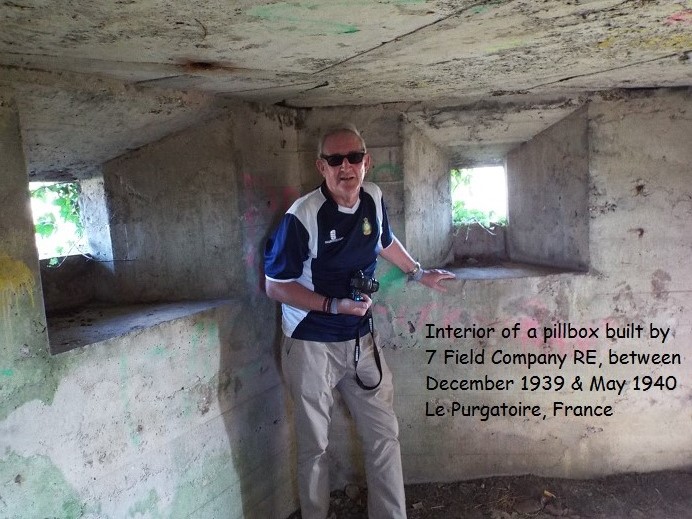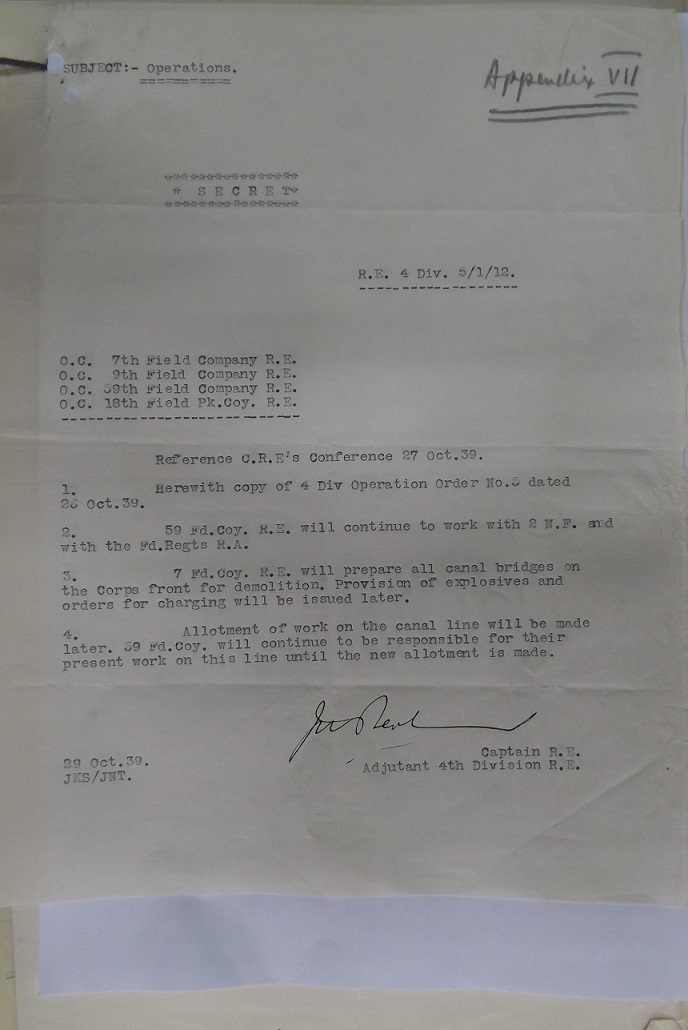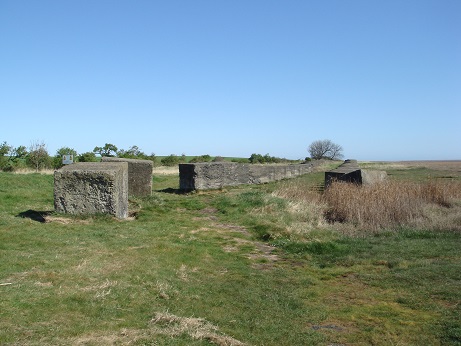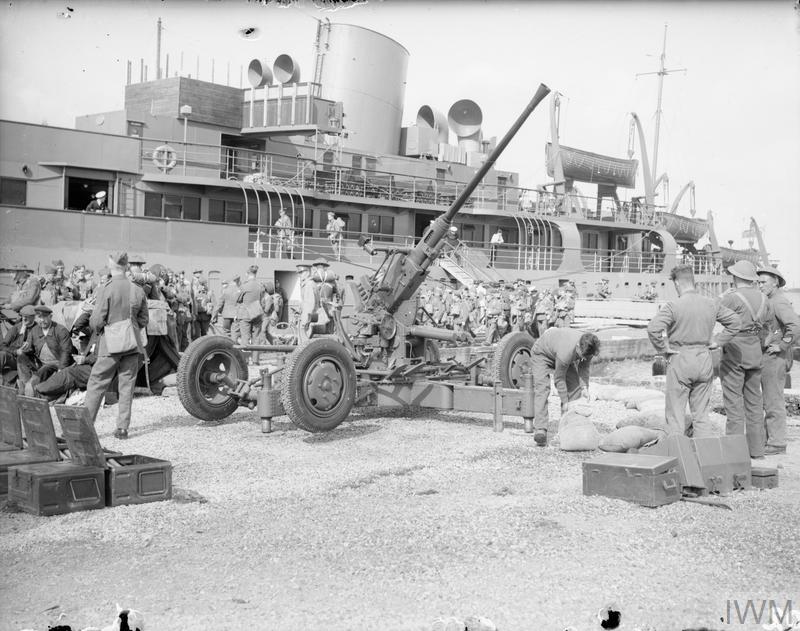7 Field Company Royal Engineers 1939
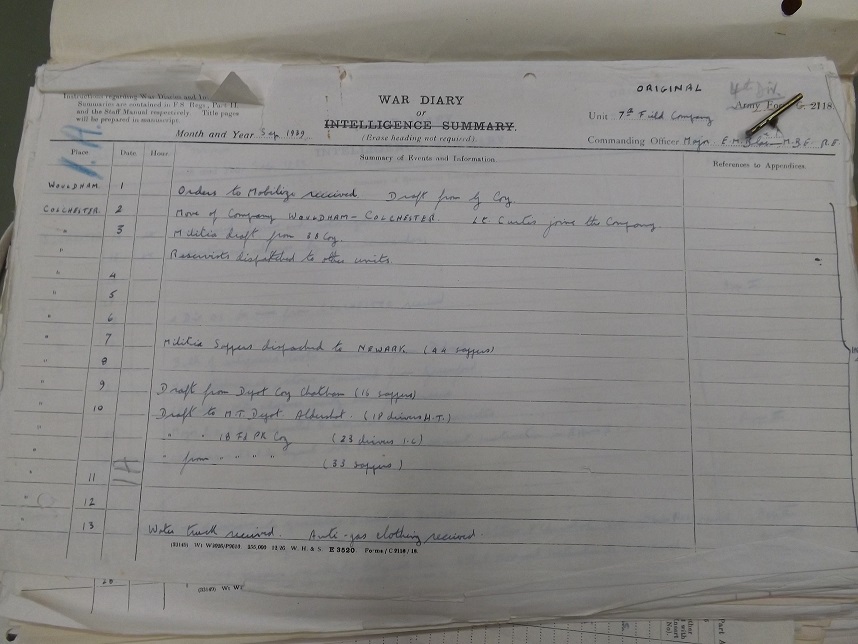
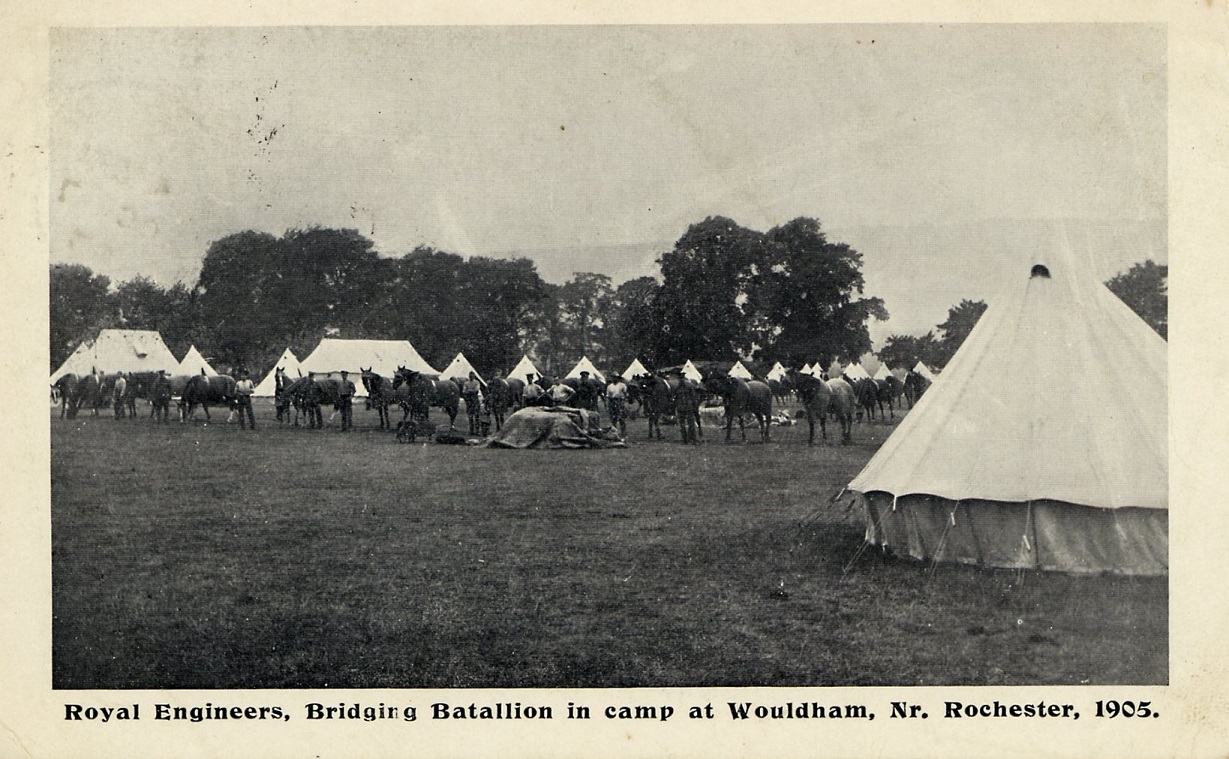
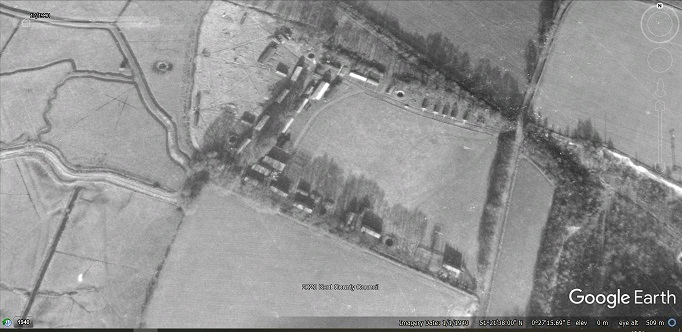
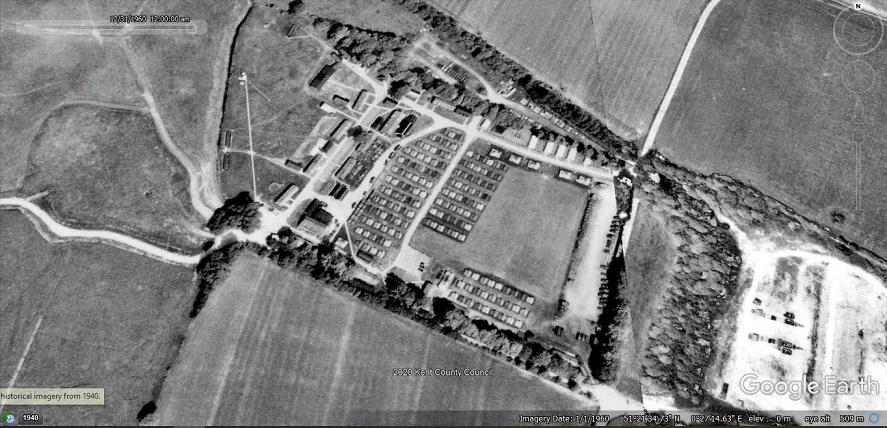
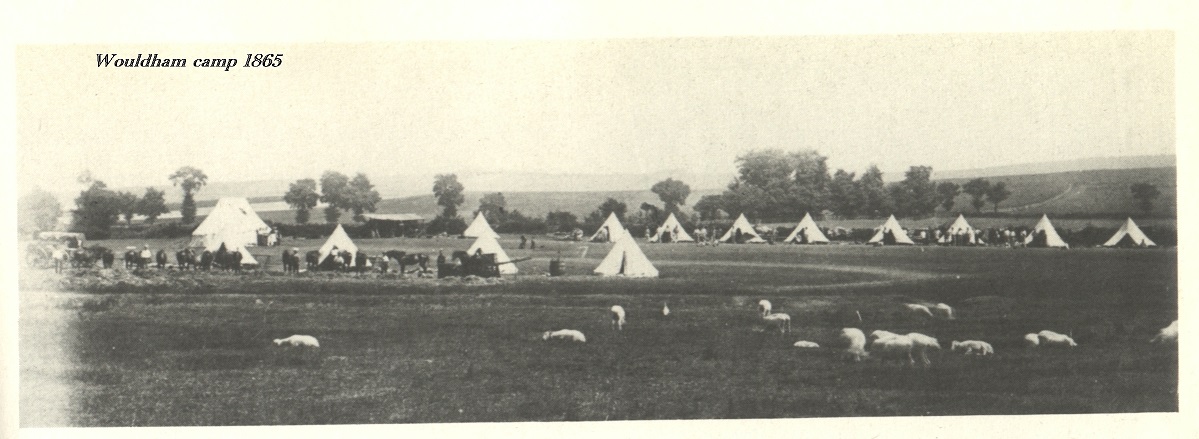
At the outbreak of WW2, Major E M Blake commanded the ‘Shiny 7’ at Reed Hall Camp Colchester. The Company were part of 4 Division and Eastern Command as they had been at the outbreak of WW1 when they were stationed in Shorncliffe. Early in that war, they were transferred to 50 Northumbrian Division until the end of the war.
In March 1939 the TA doubled and the army was expanding rapidly. The peacetime routine of a small detached unit changed quickly. About forty ORs were available for general training based on mobile warfare under lieutenants Walker and Reiss. Bridges were prepared for demolition with dummy charges. The local ranges were visited more frequent. The dress for the ranges was Marching Order. Starting at 600 yards, a practice was fired at each 100-yard firing point, finally running with fixed bayonets to the 100-yard point and firing a practice in the standing position.
Expansion of the army continued with the passing of the National Service Act in May 1939. New conscripts started to arrive in July. About this time, the 7th moved to a tented bridge camp on the Medway at Wouldham, to train with SBG and FBE under the watchful eye of the CRE, Lt Colonel Coxwell-Rogers, remaining under his overall command for most of WW2 as C.R.E. 9 Fd, 59 Fd and 18 Fd Pk Coys made up the rest of 4 Div RE. Early in 1940, 225 Fd Coy replaced 9 Coy.
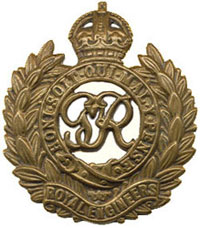
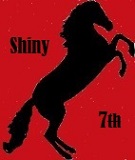
Source:
7 Field Company war diaries, National Archives
Tommy Riordan's book:
A History of The 7th Field Company RE
1939 - 1946
Photos IWM
Google
4 Division's TRF
The first page of
7 Field Company's
War Diary in WW2
King George VI Royal Engineer cap badge
A little history on the Bridging Camp at Wouldham village on the river Medway
Land was purchased on both the Wouldham and Halling side of the riverside around 1865. This was so that the army could hold summer bridging camps for many years.
Visit the Wouldham Village website
http://wouldhamvillage.com/campandbridge.html
Photo kindly provided by Snodland Historical Society.
Above Photo kindly provided by Wouldham Parish Council.
PM Chamberlain addresses the nation
11.15 am 03 September 1939
Above: an aerial image of Wouldham, bridgecamp site taken 1940
The gateway into the bridgecamp site
Right:
Wouldham bridge camp. The image was taken in 1960.
Here you can see the tentage, indicating there is a unit at bridge camp
Wouldham bridge camp site. The image above was taken in April 2020
Above: A view into the camp site from the road running between Wouldham and Borstal
Wouldham, All Saints, church. Most likely to have been used by members of 7 Field Company pre both world wars
The Watermans Arms. The nearest pub to the camp site and would have seen many sappers visit during their bridge camps
The Forresters, one of the pubs in the village
The Rose and Crown. Now closed
The Medway Inn. One of the three pubs that still survive to this day
One of the village shops. This one was the nearest to the camp. It is now closed
1 Sep 1939. Germany invaded Poland, the allies Britain and France were bound by treaty to go to the aid of the Poles. The order was given to mobilise and preparations were made to return to Reed Hall Camp where Capt Hodgson replaced Capt J A Hasler as the 2i/c. The next day the main body of the 7th left Wouldham on a mobility exercise, halting afternoon until 17.00hrs, and then drove to Reed Hall Camp via the Blackwall Tunnel arriving about midnight.
3 Sep. The Company officers were: OC Major E M Blake MBE. 2i/c Capt HP E Hodgson.
Sections: No 1, Lt R H Walker. No 2, Lt BC Reiss, No 3, GD H Pawle.
Reinforcement 2/Lt A D E Curtis, HQRE attached LT R L Clarke.
The face of Reed Hall was rapidly changing. Tents were sprouting to house the large increase in numbers. A draft from 38 Fd Coy brought the 7th up to the war establishment
of 5 officers and 250 ORs. Detachments left to carry out urgent tasks, the dismantlement of Felixstowe Pier, supervision of Brandon Hall as an internment camp and the blanking out of buildings taken over as HQs.
11.15 hrs, The Prime Minister makes a historic broadcast announcing that a state of war now existed with Germany.
There was a chronic shortage of almost every item required to wage war, it was necessary to impress some civilian vehicles to bring the numbers up to scale. The new 37 pattern equipment and battledress had not been issued to the 7th they went to war dressed as their fathers were at the outbreak of WW1 except for a steel helmet, gas mask, gas cape, eye shields and SD trousers in place of breeches. Long bayonets were still an issue. Each section had a Bren LMG and one Boys .55 A/T rifle.
Capt Lipscombe the doctor worked overtime examining and inoculating the men. Forty-eight-hour leave was granted to many sappers to clear up personal admin and family problems. They were advised to make an allowance to a next of kin naming them in the form in the back of the AB 64, this was detached and sent to RE Records. This meant that if the worst came to the worst, the person named was certain to receive a pension.
Sections received their establishment of trucks: 1x8 cwt PU, 2x15 cwt Morris 4 wheeled trucks, 1x15 cwt Morris compressor equipped with pneumatic drills, chainsaw and pick, 4x30 cwt Morris 6 wheel CDFs. with a winch, anchorage holdfasts and removable tracks for cross country work.
A number of signs were painted on to all vehicles, a white figure 19 on a cobalt blue square background the unit tactical aerial number; a red circle with the first quadrant set out, later this was on a white back-ground representing the 4th Division sign. The class load of the vehicle was a white figure inside a white outer circle, all military bridges had a similar sign denoting their class load. Against opposition, the system was adopted in 1939. Prior to this each vehicle had to be examined before it crossed the bridge to ascertain its class load. The CDFs each carried a Sub Section and were given a false floor, raised seats and a box to take the Sub Section tools, picks, shovels, crowbar, etc, and the tracks for the four rear wheels, holdfast anchorages. The holdfast pins were carried outside the CDF by an improvised bracket. The CDF was a highly versatile engineer vehicle.
15 Sep. The GOC 4TH Division accompanied by the CRE inspected the Shiny 7 dressed in marching order with the MT loaded as a rehearsal to move, The parade took place on the Reed Hall playing fields in overcast cloudy weather. During the inspection, the GOC is reported to have remarked: “They are tough, very tough”. Morale was high and a feeling of excitement was in the air. The French had made a limited advance, they had found the going strewn with mines, eventually using cattle to clear the path ahead.
22 Sep. Major Blake was unfortunately admitted to hospital with appendicitis and unable to go to France. Lt Walker left for France with a recce party, joining up with Lt Clarke to find billets in the area of Sable near Le Mans. The next day Lt Reiss left with the MT numbering 34 vehicles and 14 M/Cs (this included 6 impressed trucks). Their route was via Wheatley to Newport en route for Nantes then Sable. Plans for the movement of the BEF to France were worked out on the assumption there would be air attacks. Therefore bases were held back five hundred miles from the Franco-German frontier, creating a very long tail requiring large numbers of troops on the lines of communication.
26 Sep. Tuesday at 0815 hrs the Shiny 7 parade for the last time at Reed Hall Camp. In marching order plus one blanket, a gas cape perched on top of their packs, a pair of eye shields on the front of the steel helmet, respirators high up on the chest, pouches filled with fifty rounds of 303 ammunition, pockets stuffed with cigarettes and jack knives at the ready, the 7th were on the move entraining at Colchester ten to a compartment. The train passed through Ipswich and made a wide detour around London halting at Bordon. After a short march the 7th filed into huts, each bed had its army mattress of three biscuits. Time was spent on military training, route marches, map reading, weapon training and keeping out of sight.
28 Sep. The Company paraded in marching order to be inspected by the new OC, Major Le Sueur, two days later the 7th marched to Bordon station with the 9 Coy to entrain. A Bren was set up on the front of the train for AA action. It was fine weather and sunny as the train drew into Southampton Docks. The only evidence of war was the barrage balloons and the grey ships embarking troops. The Shiny 7th embarked on HMT Royal Sovereign. Bully and biscuits were issued as the ship cast off, slipping out of the dock into the Solent to anchor until about midnight when it began to make way. There was nothing to see except the blue lights at the mastheads of other ships. The shoreline was blacked out.
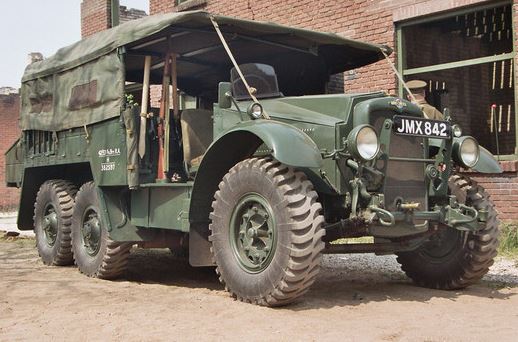
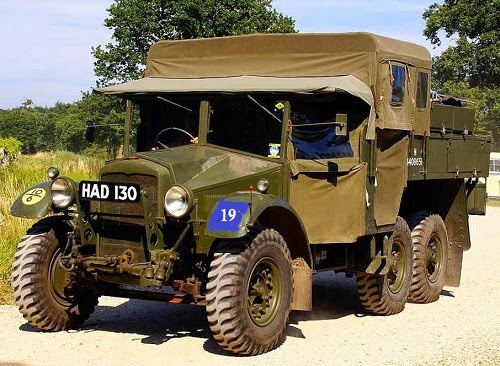
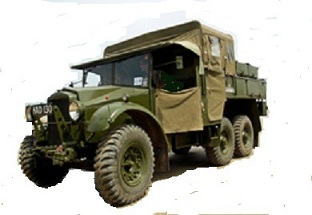
Morris 30 cwt six wheel truck w/winch
The CDFs each carried a Sub Section and were given a false floor, raised seats and a box to take the Sub Section's tools, picks, shovels, crowbar etc, and the tracks for the four rear wheels, holdfast anchorages, the holdfast pins were carried outside the CDF by an improvised bracket. The CDF was a highly versatile engineer vehicle.
The CDF on the right has the figure 19 on a cobalt square background. This was known as the 'Unit Tactical Serial Number'. This was 7 Fd Coy's UTSN at the time.
It later changed to '49'.
Extracts from 7 Coy War Diary Sep 1939
Click on the first thumbnail. Click next, at top right of image to move to the next image and to close, click at bottom of image
October
1 Oct. At dawn, the ship entered Cherbourg harbour. Disembarkation was completed by 0650 hrs, guards were mounted on the baggage and equipment at Cherbourg train station, leave was granted for the day. The food was cheap and the wine too strong for a number of sappers, who arrived at the station late and in a happy state. The train arrived at Sable and the Company detrained, sections formed up and marched off to their billets on farms at Ballee, Beaumont and Bignor in hot summer weather. Sections settled into the farm buildings, sleeping on straw. Messing funds were set up for local purchases to supplement the hard tack rations.
5 Oct. At first light, the 7th moved off, well spaced out with the usual blue flag flying from the first vehicle and the green flag on the last vehicle. The local population were out in force and the move took on a carnival atmosphere, 1-2-3 Divisions had already driven on the same route to take up positions on the Franco-Belgian frontier between the 1st (on the right) and 7th French Armies. 51 French Division were on the left of and under command of the BEF, GHQ code name ‘Brassard’ was located at Arras; dispersed over fifty square miles making control difficult. The convoy arrived at Soindres south of the Seine later in the day as reinforcements arrived by train at La Baule Les Pins.
7 Oct. The Shiny 7th made an early crossing of the Seine, halting for one night at Lawarde, then proceeding north over the Somme, travelling through WW1 battle areas, though there was no sign of the previous conflict where the shiny 7 fought. Paths crossed in the area of Amiens, in 1916 they 7th were in 50 division moving south from the Ypres Salient, and in early 1917 they marched from the Somme to Arras. At that time they were known as the 'Black Horse' a name passed down through the mists of time and may have been adopted from the 7th Dragoon Guards. Between the wars 'Shiny 7' was established, due (reported sapper Gould) to the fact that the 7th won a turnout competition of all units in the Army of the Rhine in the period 1920-29. Spr J Cope related that the 7th was renowned for their turnout on the march or wherever. At 1300hrs the shiny 7th arrived at Harnes a small mining town. the Company got on well with the locals and facilities were made available at the local pit for the use of the showers. Sections were billeted in local schools though initially 3 section was billeted in a farm.
The 1937 type equipment and battledress were issued. At first, gaiters were in short supply so puttees were cut short to finish the dress. Work consisted of building defences.
13 Oct. The 7th was under command of brigadier Anderson 11 Bde. The Brigade sector was from Pont a Vendin to Bethune on the La Basse Canal. Fifty bridges were recced for load carrying capacity and demolition. Bridges were prepared for demolition and A/T obstacles along the brigade front were prepared and if that wasn't enough they had to assist 1 E Surreys, 2 LF, and 1 Ox & Bucks with their defences. Some of these tasks were hampered by severe downpours making it impossible to work on some days.
27 Oct. 234 Army Fd Coy RE relieved the 7th of their tasks and Lt Walker joined 11 Bde on the frontier in the area of Roncq. Three days later 1 section moved to Roncq to dig in the mud with the infantry. at the same time, the Company took over from '59' in support of 2RF, 1 S Lancs and 1 Black Watch of 12 Bde.
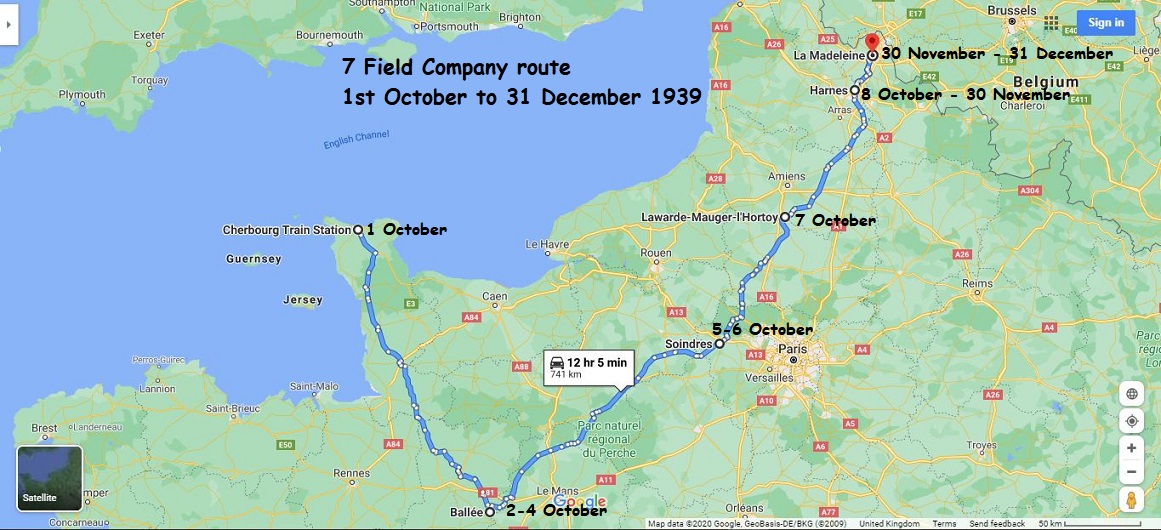
Extracts 11 Inf Bde Op Order No 3
November
12 Nov. The OC and a party of ORs attended a local Armistice Day parade wearing both a Poppy and a Corn Flower, the emblem of the French.
30 Nov. The 7th packed up, paid their fees for alleged damages to the local cesspits to the mare of Harnes, and at 2045 hrs headed north to La Madeleine arriving there at 2300 hrs. La Madeleine was one mile north of Lille on the main Tourcoing-Roubaix road was an ideal base for work on the frontier. Billets were in a large modern private house, and the next morning work was started on a cookhouse and dining area. This would be a pleasant change as they had eaten their hardtack rations off their knees since leaving the UK.
Lens-Lille road Bridge nr Harnes Prepared for demolition Nov 1939
Loison church. 7 Coy attented church services here whilst billeted at Harnes
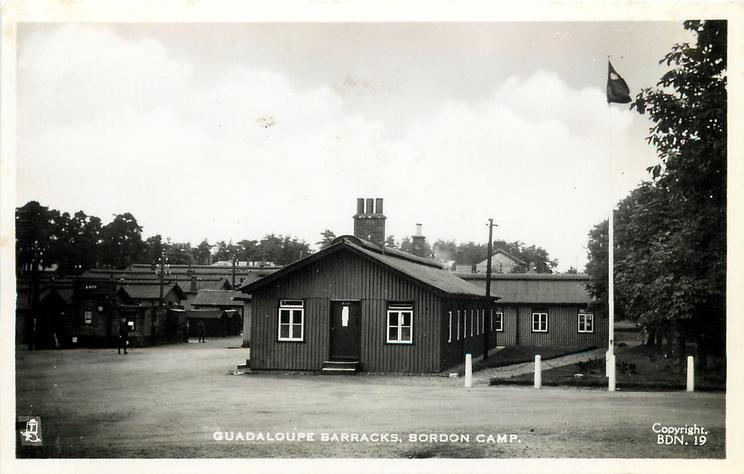
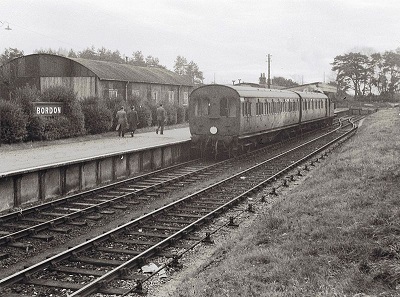
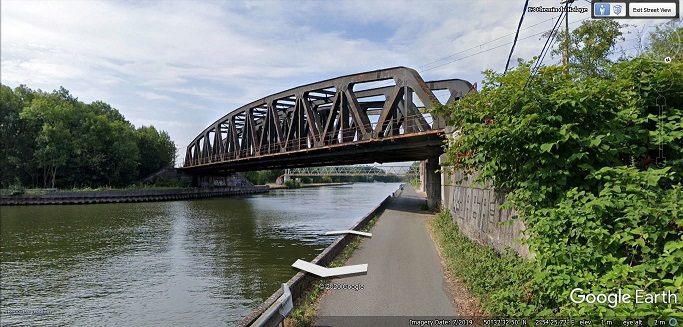
December
3 Dec. 1 section returned to base from Roncq. The Company’s sector to be covered on the frontier extended from Martinore to Neuville. It had almost a continuous A/T ditch, and some pillboxes built by the french.
6 Dec. Shiny 7 cleaned off the mud to take their place on a massed parade inspected by H M King George vi in the grounds of a large chateau on a cloudy, dry day. The King was accompanied by the PM N Chamberlain and escorted by senior commanders of the BEF.
7 Dec. Excavation began for three pillboxes on the left of the brigade front at Le Purgatoire, the first task of a major engineering programme. There were three types of pillboxes to be built, the Bren, hexagonal in shape. The MG and A/T were rectangular. Floors were 2’ thick, walls and roof 3’, reinforcing was 7/8” steel at 6” centres in three dimensions. Every cross joint was fixed with wire by hand.
12 Dec. A ten day leave roster was set up commencing on the 17 December. Travel by train Lille to Boulogne then by ship to Dover.
16 Dec. The 7th suffered its first casualty of WW2 when Lt B C Reiss was killed at the Junior Leader’s School Bethune whilst demonstrating a British A/TM. Few people had any experience of mine warfare, and courses were set up for all ranks. Two days later a funeral party went to the village of Beuvry in very cold weather for the burial of Lt Reiss.
25 Dec. The CRE visited the Company Christmas Dinner to wish ‘Shiny 7’ seasonal greetings. Many sappers were invited to French homes enjoying their hospitality sitting down to banquets lasting hours. The year ended on ‘Make and Mend’
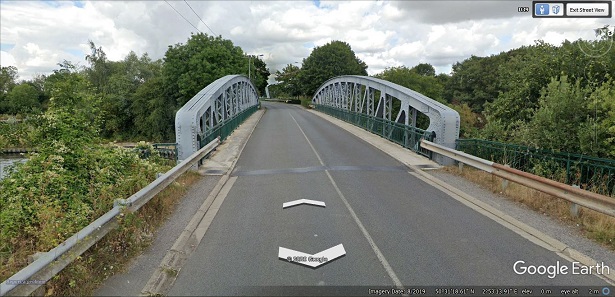
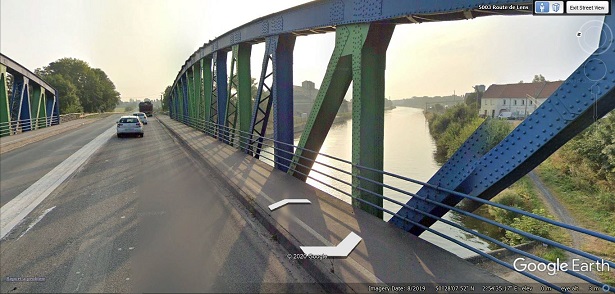
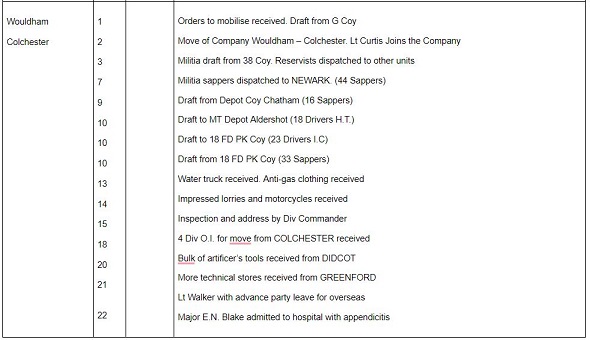

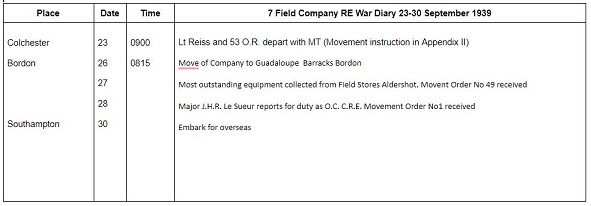
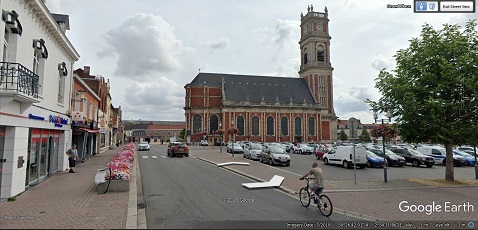
This bridge near Don was prepared for demolition by 7 Field Company Oct-Nov 1939
Les Baraques bridge prepared for demolition by the Shiny 7 Oct-Nov 1939
7 Field Company's September 1939 War Diary typed out as how written
7 Field Company's November 1939 War Diary typed out as how written
Pont Maudit road bridge over the Le Bassee Canal. The road running over it is the Lens-Lille Road
La Bassee bridge. 7 Coy prepared this bridge for demolition November 1939
7 Field Company War Diary December 1939 typed out as how written
Brian Hemingray inside a pillbox at Le Purgatoire
Le Purgatoire area where 7 Field Company RE constructed Bren gun and Anti-tank gun pillboxes on the French- Belgian frontier
7 December 1939-10 May 1940
The site was visited in 2015 by the Black Horse Trail 1915-2015 centenary battlefield tour, which included members of the present-day Shiny 7. The tour was visiting a nearby 7 Field Company RE, World War One battlefield site at Ploegsteert Wood.
During 7 Field Company's time in the BEF, September 1939-1 June 1940, they often crossed the paths and fought on battlefields next to that of their forebears in WW1.
Chips in the concrete from small arms fire
Hand written instructions for 7 Coy on RE work for defensive positions.
Click thumbnail
As part of the BEF 1939-1940, the Shiny 7th worked on numerous defences. Among other stores there was a severe shortage of anti tank mines.
Their main work was A/T ditches, road blocks, wiring defensive positions, clearing lines of fire, demolitions and from the 7 December 1939 until 9 May 1940 they were engaged in a major programme building different types of Pill Boxes. Some of the Pill Boxes still stand today.
The Company stopped off at Guadaloupe barracks 26-30 September en route to Southampton
Bordon station. The Shiny7 left here for Southampton 08.40, 30 September 1939
The Shiny 7th constructed anti-tank concrete roadblocks similar to these on roads crossing the Le Bassee canal on November 1939
Right: A 40MM Bofors gun and troops of the 2nd Battalion the Royal Inniskilling Fusiliers disembarking at Cherbourg from the steamer 'Royal Sovereign' 16 September 1939.
7 Field Company sailed to Cherbourg onboard Royal Sovereign 30 September 1939
Men of the 2 Bn Royal Inniskilling Fusiliers disembark
at Cherbourg from the steamer 'Royal Sovereign'
16 September 1939








